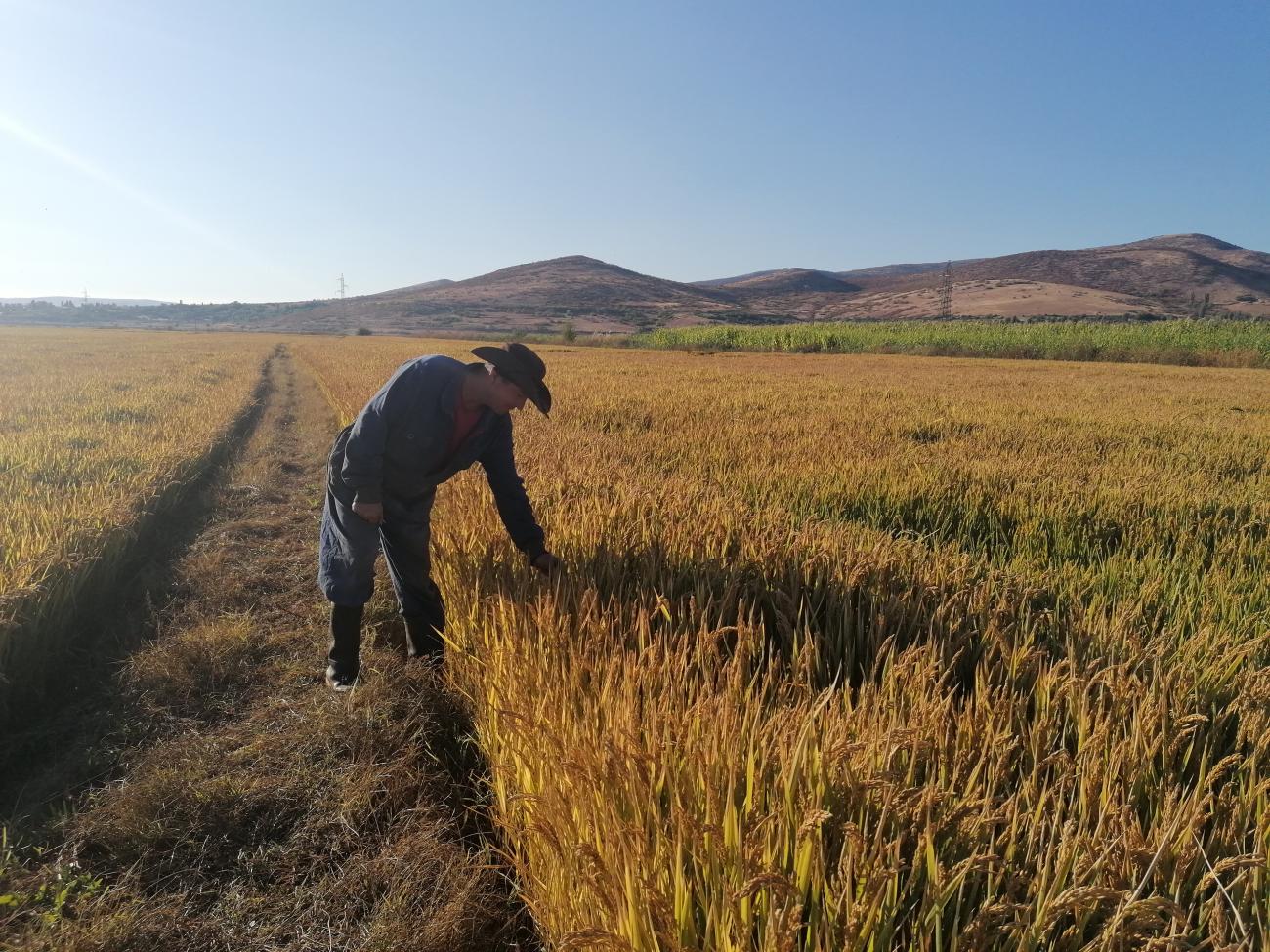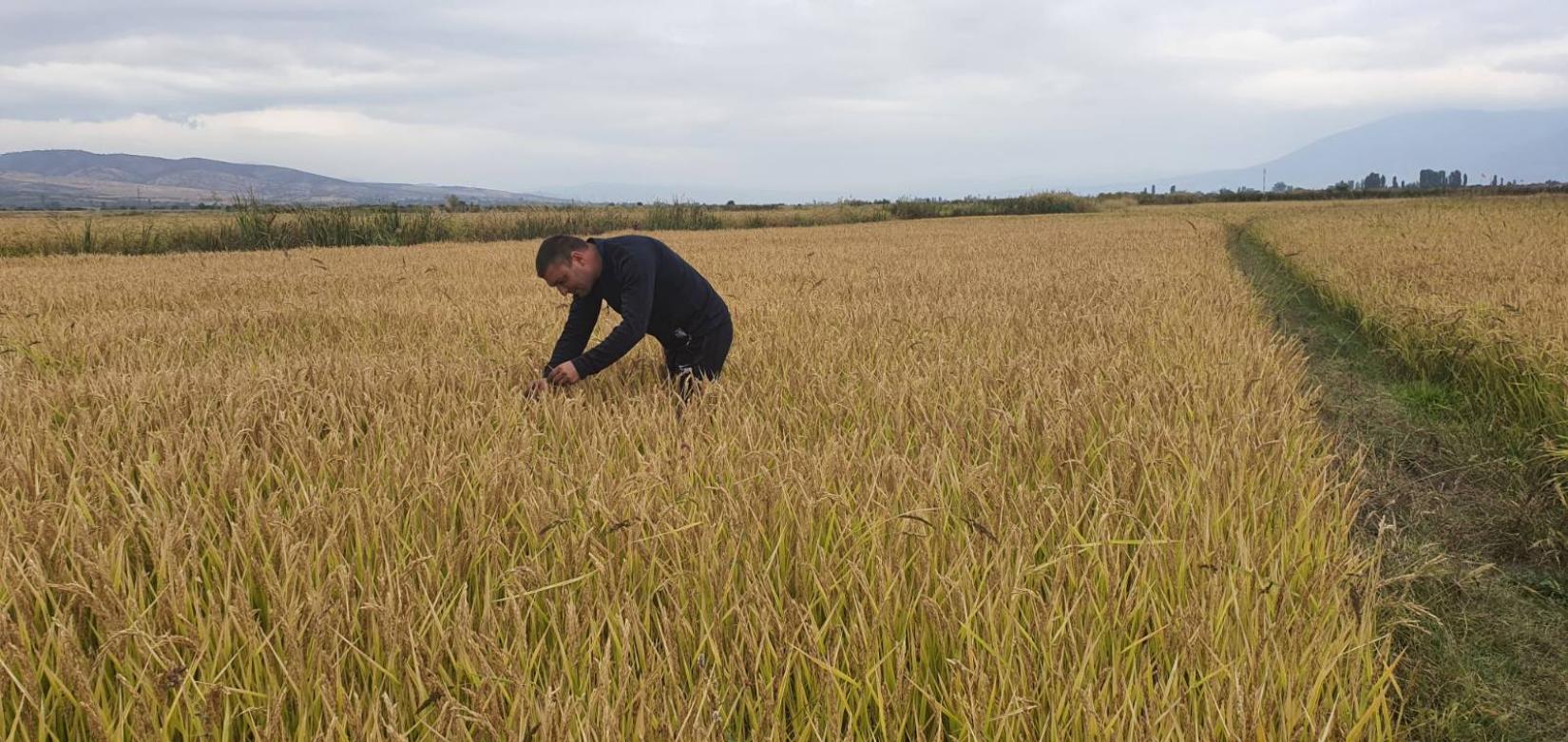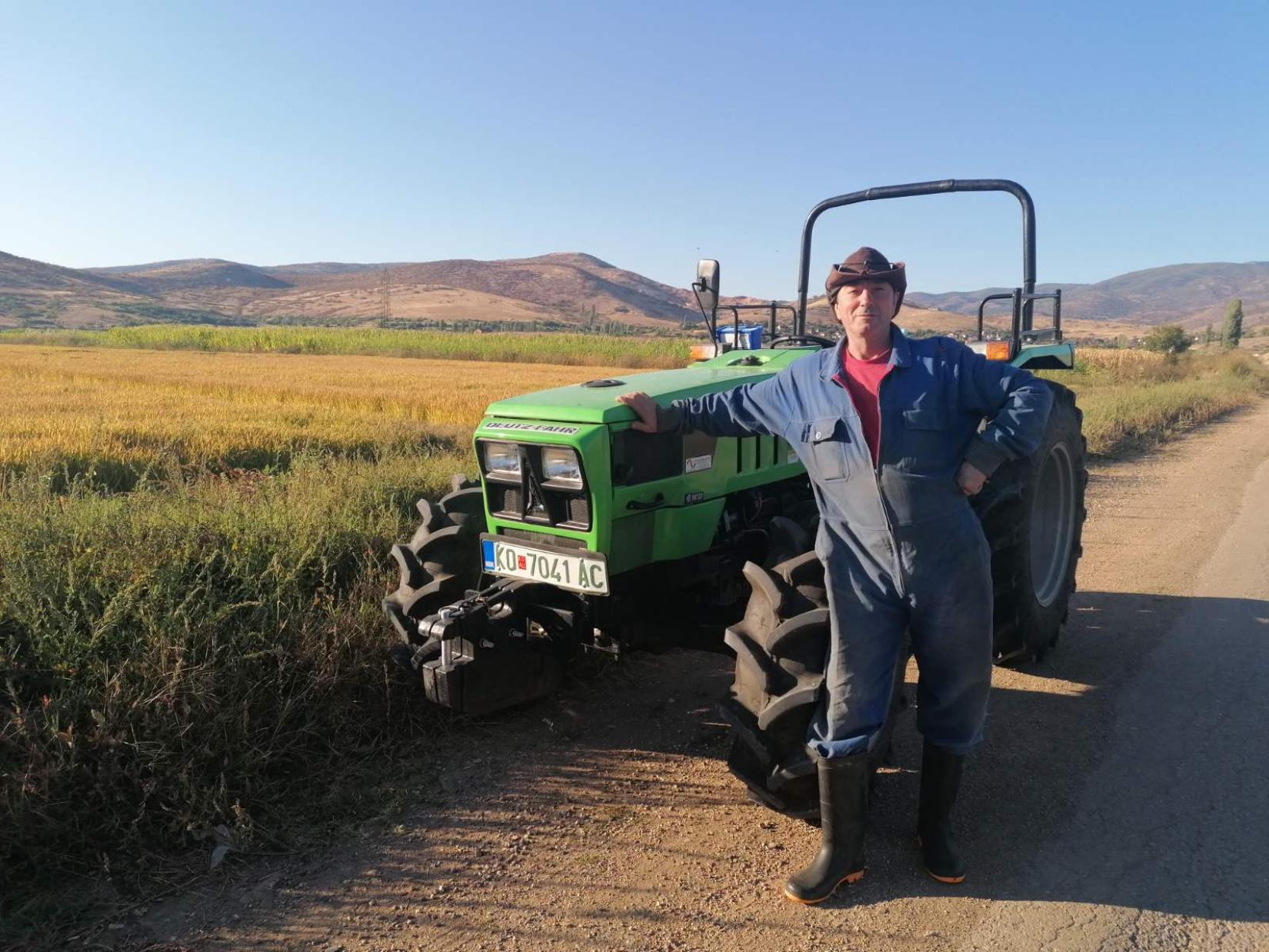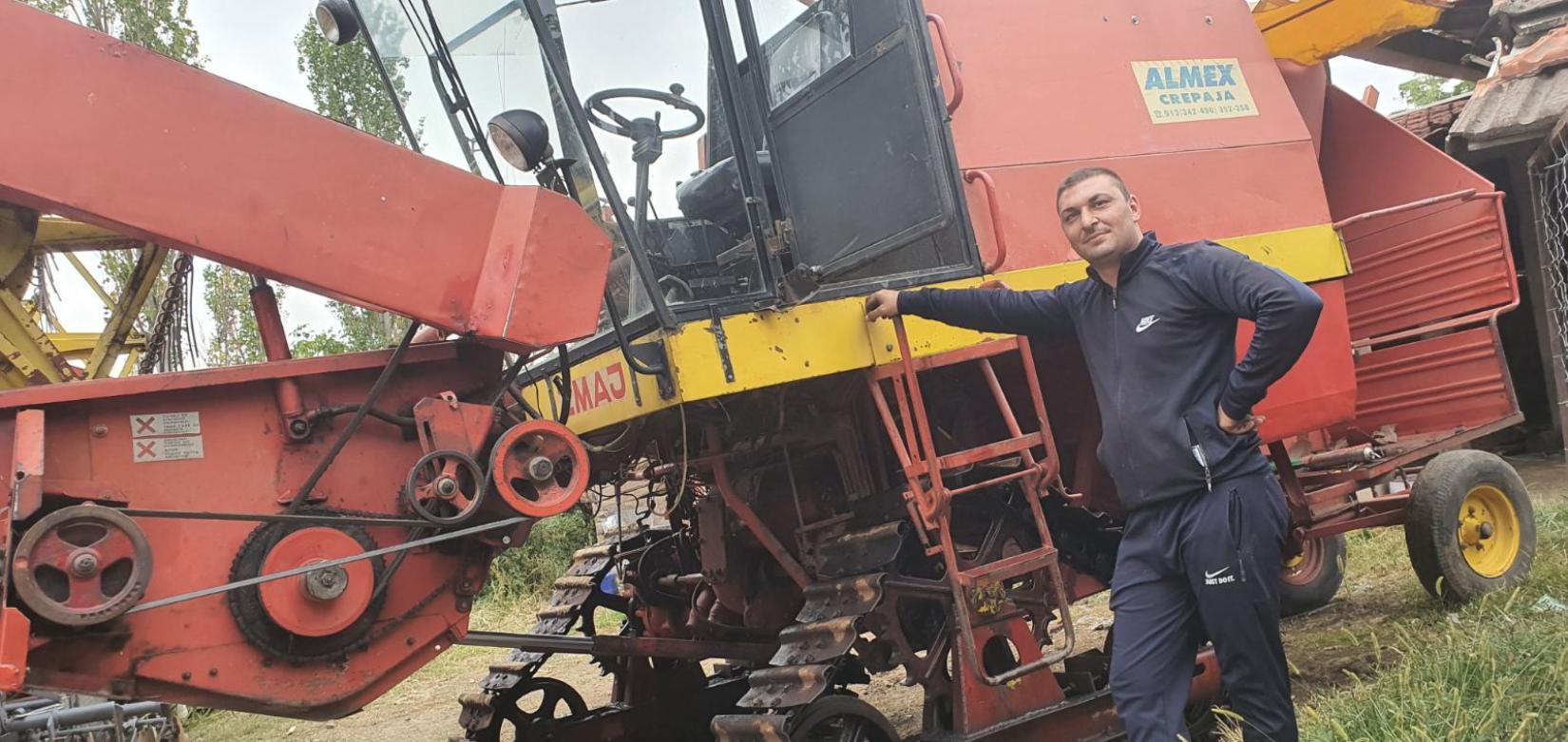Enhancing rice production in North Macedonia through land consolidation

Human story on land consolidation
Rice is a strategic commodity within Macedonian agriculture production that has the potential for export and additional income for around 3 500 farming families in Kochani valley, the biggest rice production region in the country.
Among the villages here is Spanchevo, characterized by fertile soil, plentiful water, favourable natural conditions for agricultural production – and fragmented land structures.
Trajce Todosiev (31), a young farmer, owns four hectares of agricultural land and cultivates an additional two, which he leases from other landowners. His six-hectare farm is fragmented into 20 small parcels and scattered in different locations all over areas that, as Trajce notes, are not productive, making farming expensive and leading to the inefficient use of agricultural machinery and natural resources.

In addition to local farming conditions, rice producers in the Kochani region, in general, are strongly influenced by price pressures in foreign markets, dictated by far more competitive producers. Therefore, productivity and cost efficiency is of crucial importance for boosting competitiveness of the small farms and their access to markets.
“The land structure must be improved to meet modern production standards and be able to compete in the European market,” says Zoranco Simijonov (53), who, similarly to Trajce, farms around five hectares of land in Spanchevo that are fragmented into 30 land parcels, often far from each other.
Therefore, Trajce and Zoranco took their chance to participate in the land consolidation activities in Spanchevo village, aiming to help 620 agricultural landowners benefit from the restructuring of their unfavourable land structures.

Shaping the prospects for better production
Spanchevo is one of the nine areas in North Macedonia where land consolidation is being implemented with support from the EU-FAO MAINLAND project. Here, 276 hectares of land are covered by the programme, broken into over 1 800 land parcels with an average parcel size of only 0.2 hectares. This is aggravated by poor agricultural roads and drainage and irrigation channels.
With the land re-allotment plan in Spanchevo currently under development, each landowner is expected to have parcels with increased sizes and better shapes which, combined with the improved agricultural infrastructure, is expected to improve farming and open modernization opportunities.
“I hope that all my land parcels will be merged into only two or three locations,” comments Zoranco.
Being a young farmer himself, Trajce hopes that better conditions and profits in farming through an improved farm structure will also motivate younger generations to stay and revive the rural community by further developing rice production.
”It is very important that, in addition to improving our land structure, the MAINLAND project is also working to solve long-lasting problems of insufficient and outdated agricultural infrastructure through investments in new agricultural roads and renovation of the existing drainage channels,” explains Trajce.

Even though the MAINLAND project will certainly not change the price of rice, which has been in decline over the past few years, it can, as Zoranco notes, help reduce the costs of agricultural production.
“Improved access to the field or public roads means less costs and time for transportation,” Zoranco points out. “Renovating the drainage systems in Spanchevo will significantly increase land quality and fertility, often affected by flooding due to the damaged drainage channels.”
Through the sustainable management of agricultural land and water resources, and with the support from the European Union and FAO, smallholder and family farms in Spanchevo will not only be able to improve food security and resilience even amidst the ongoing COVID-19 and future crises, but also pass down the tradition of rice production to younger generations.
Learn more



